Today will see 14:Live returning for its second run from 14:00-14:45 at the same location, Poole House Refectory, next to Papa Johns. It is open to all staff and students and 14:Live is pleased to welcome Dr Samuel Nyman, senior lecturer in Psychology.
Enhancing care services for people with dementia
The Bournemouth University Dementia Institute (BUDI) was established in May 2012 with a mission to make a positive influence on the lives of people with dementia. BUDI is made up of a multidisciplinary team that provides education, consultancy and evaluation, and research on a range of topics. One theme of BUDI is concerned with enhancing services that provide health and social care for people with dementia and their carers. This talk will present the findings of two studies under this theme.
The first study explored the social care needs of people with dementia who also have a visual impairment. Interviews with people in their own homes illuminated areas where services could be improved. The second study evaluated a service that supports people with dementia and their carers who are living at home. Interviews with staff and service users from the urban and rural areas identified important differences in how these two social care services operated, and the implications on care provision.
The talk will end by briefly mentioning current work under this theme and this year’s new Masterclasses and Master’s degree in dementia.
It would be great to see you all today to listen to what’s going to be a very interesting talk about BUDI’s research. Just to give you that little bit more incentive to come along, there will be tokens for the first 30 audience members to be exchanged for a FREE individual Papa Johns Pizza at the end of the talk, plus lots of free tea & coffee, water & juices – don’t miss out!
If you have any questions about this event or would like to hear about any other upcoming student engagement with research events contact me at ssquelch@bournemouth.ac.uk
I look forward to seeing you there!




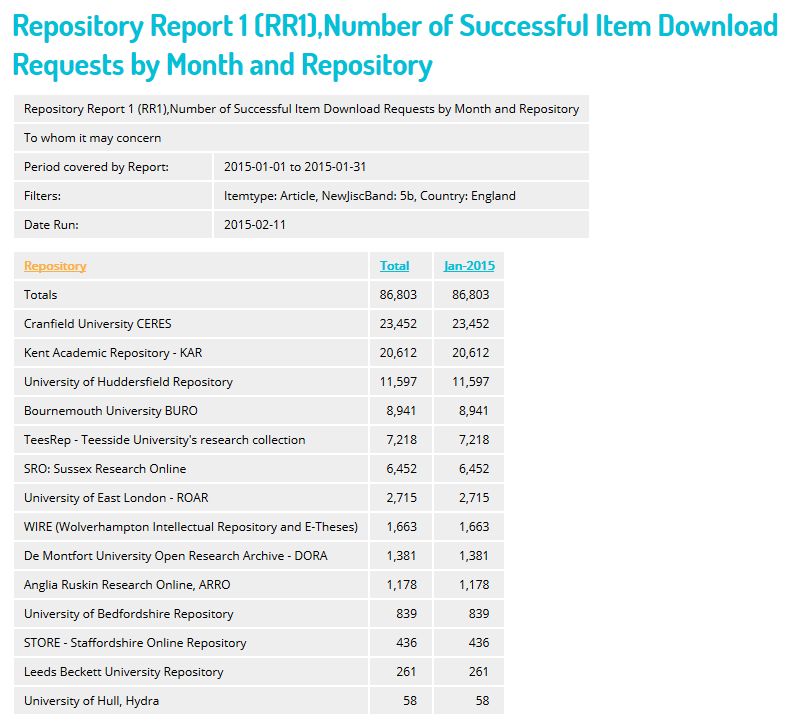
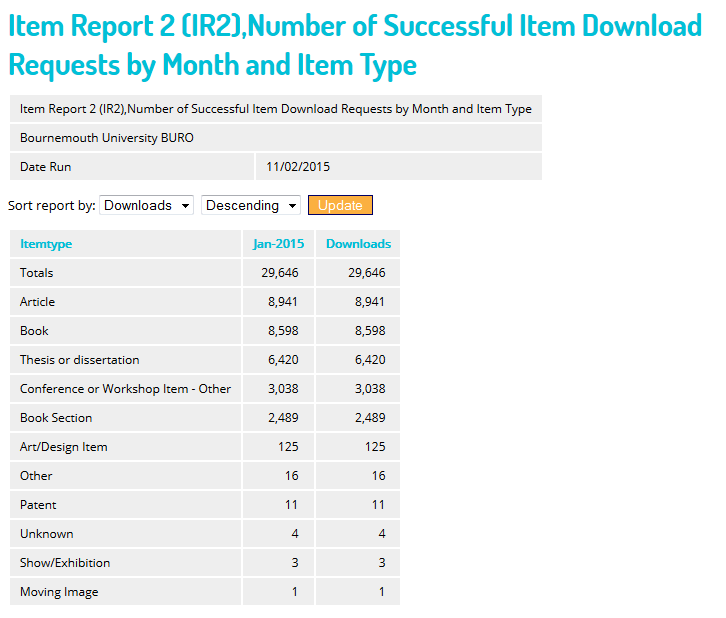
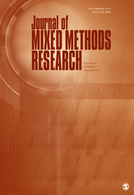

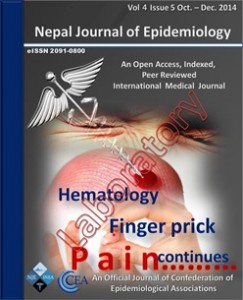
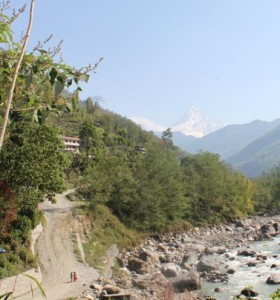
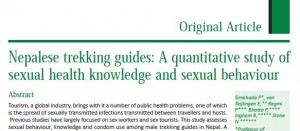
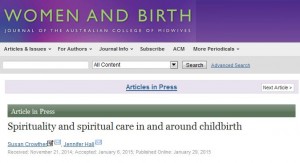



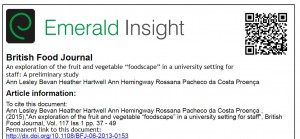













 Conversation article: Why so many people drown at the water’s edge
Conversation article: Why so many people drown at the water’s edge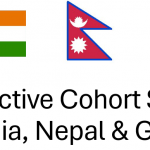 Workshop on longitudinal studies in three countries
Workshop on longitudinal studies in three countries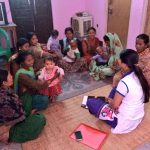 New Bournemouth University public health paper
New Bournemouth University public health paper New ACORN-funded paper published. When time is short but passion for food is strong, food day-tripping may be the answer!
New ACORN-funded paper published. When time is short but passion for food is strong, food day-tripping may be the answer! Royal Society of Chemistry Outreach Fund: Open for Applications
Royal Society of Chemistry Outreach Fund: Open for Applications Last reminder – MSCA Postdoctoral Fellowships 2024 internal deadline next week
Last reminder – MSCA Postdoctoral Fellowships 2024 internal deadline next week Horizon Europe – EuroHPC and MSCA PF webinars
Horizon Europe – EuroHPC and MSCA PF webinars